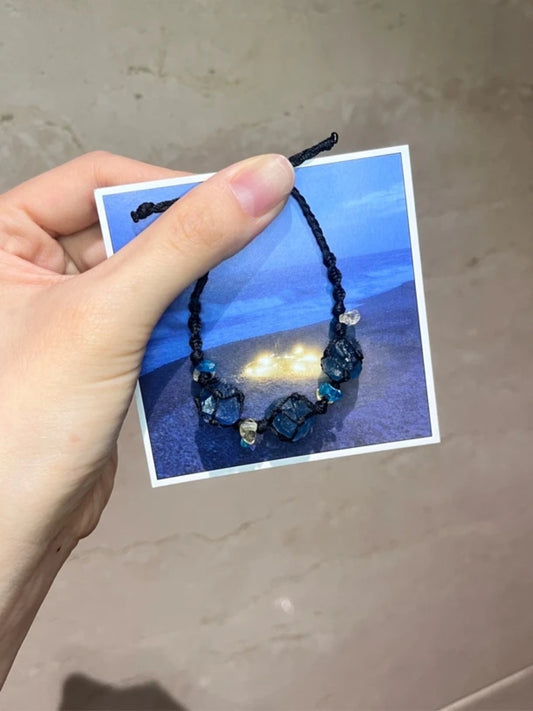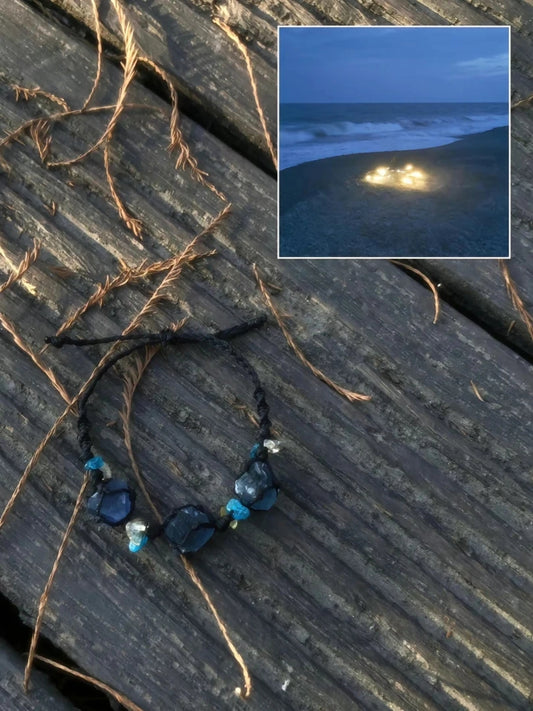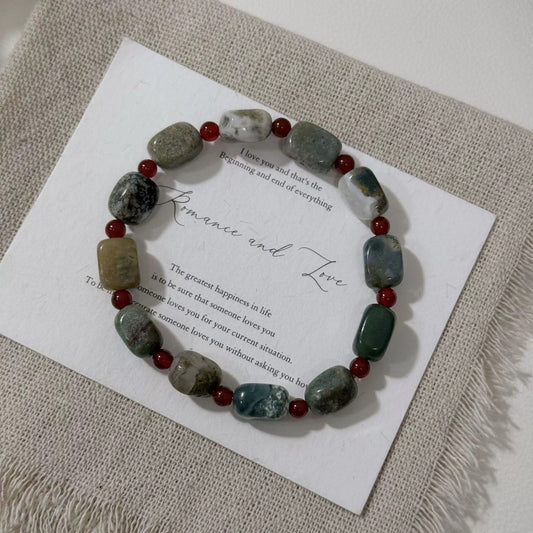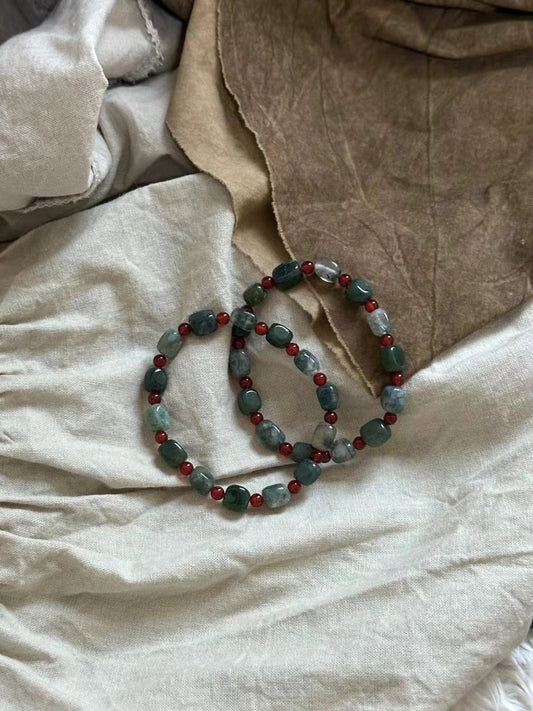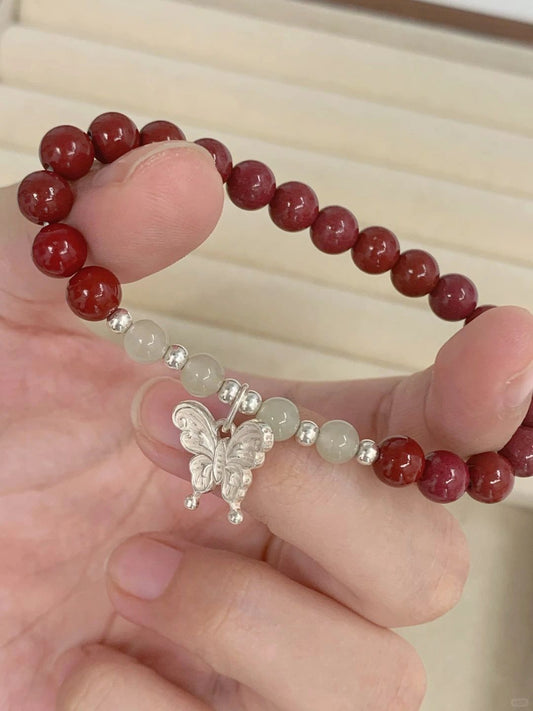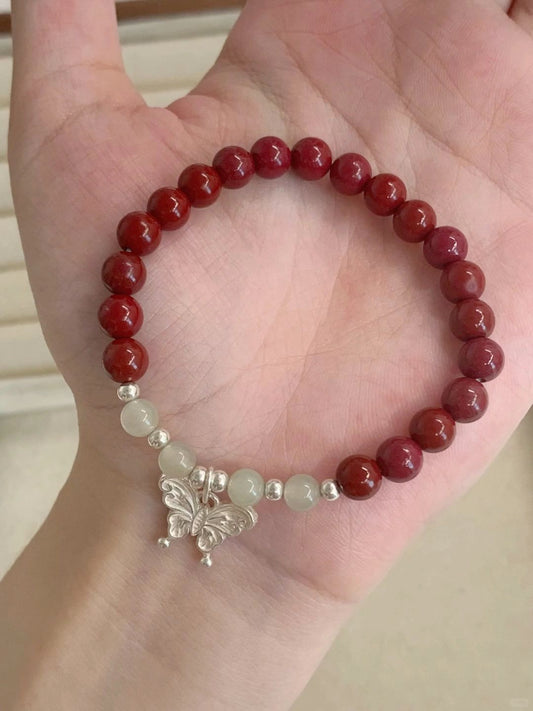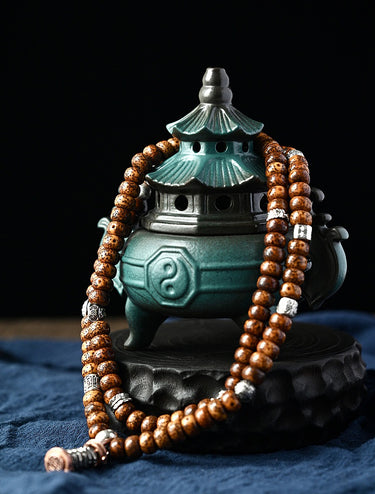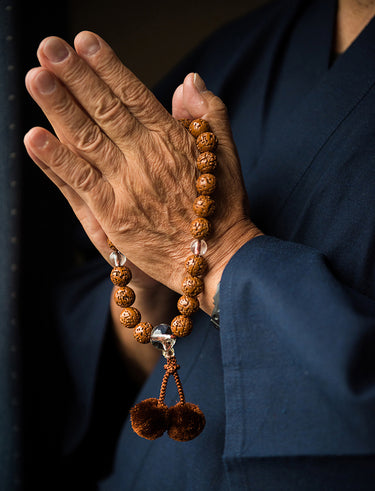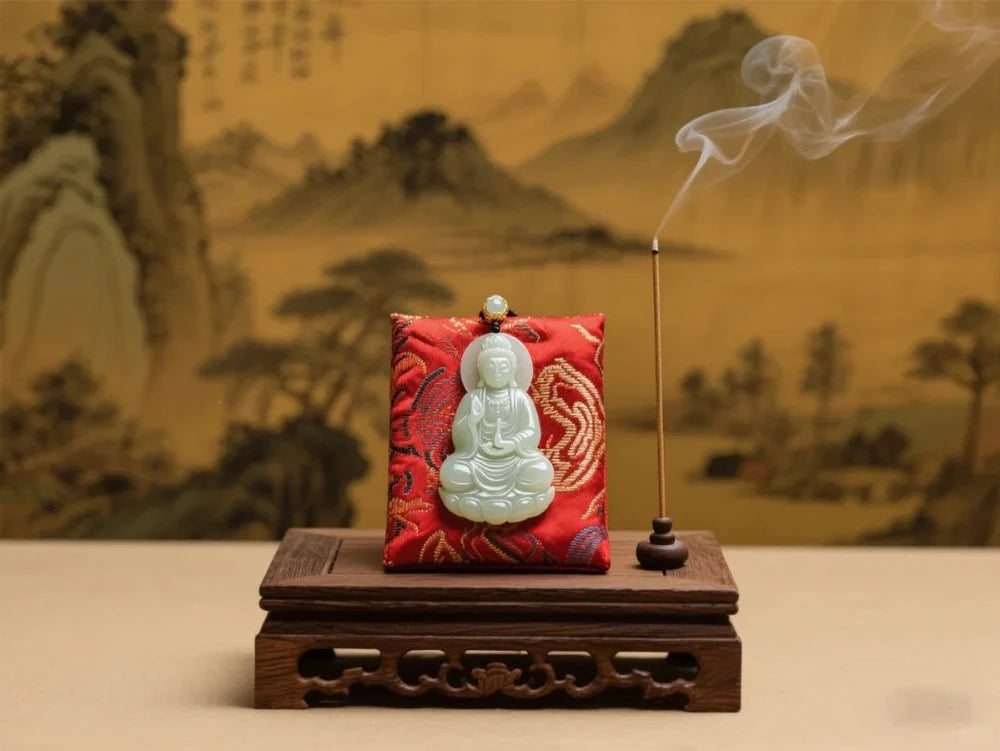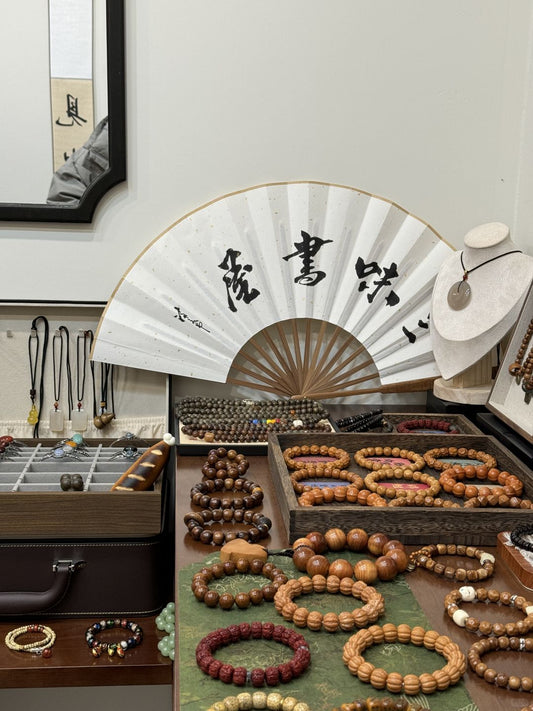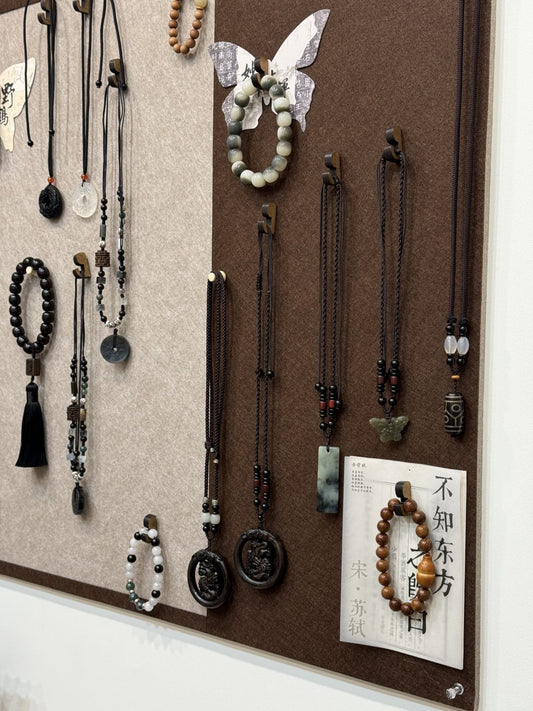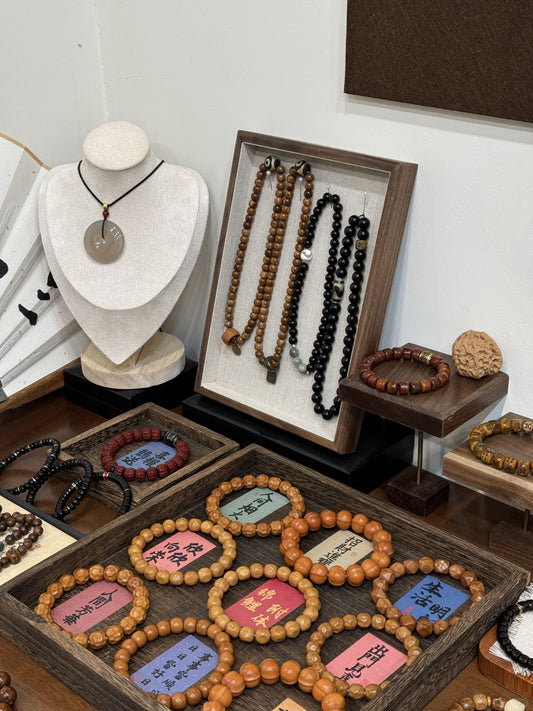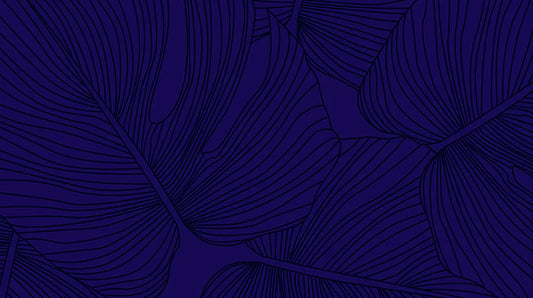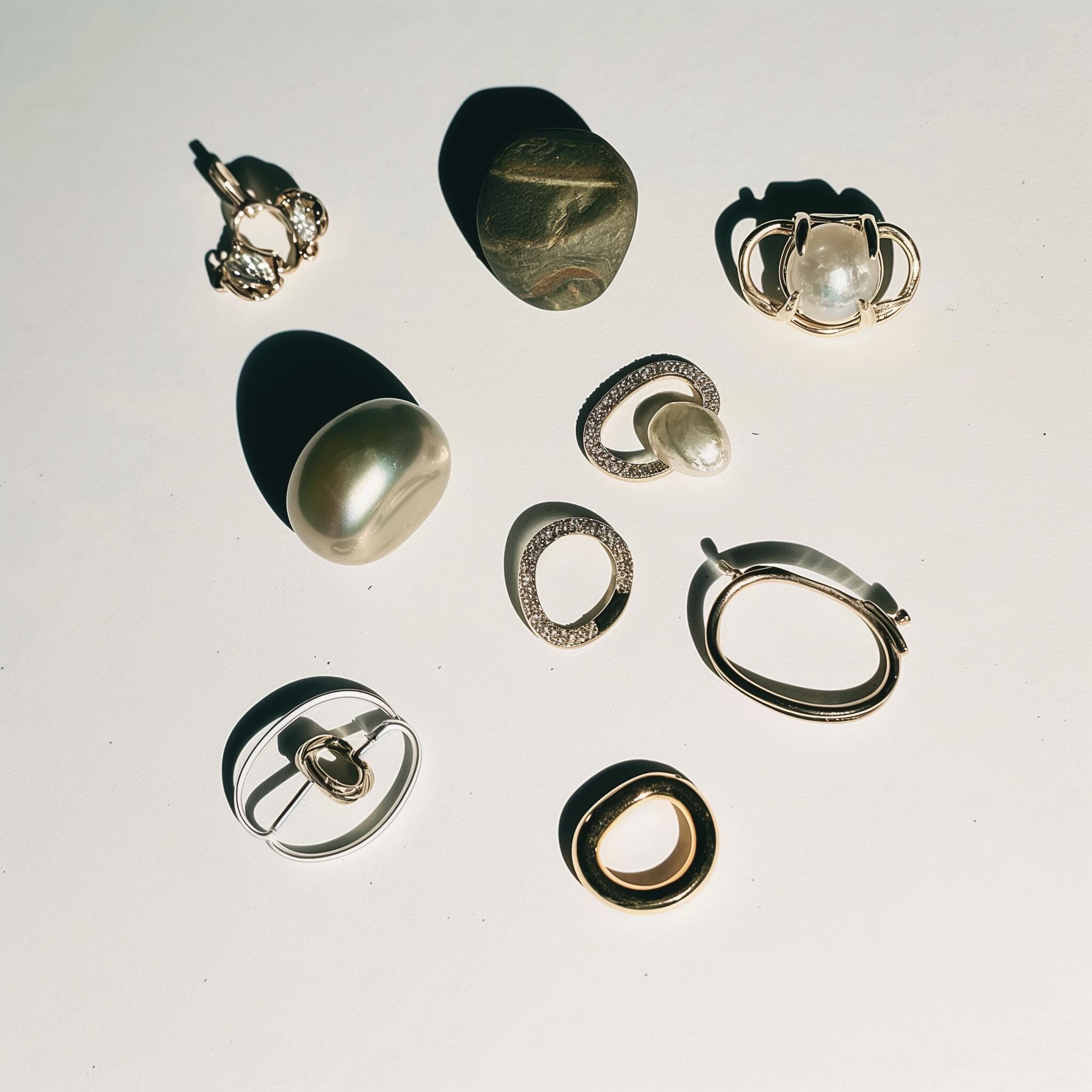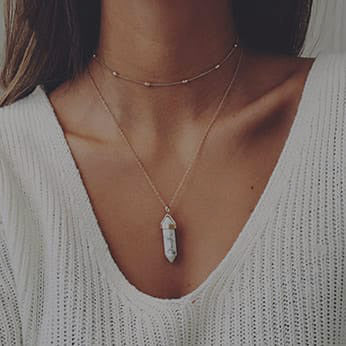The Meaning Behind Your Buddha Pendant: More Than Ornament, A Spiritual Companion
Wearing a Buddha pendant seems commonplace today—seen layered with chains or peeking from under collars. But beyond aesthetics, this sacred adornment carries centuries of spiritual weight, cultural nuance, and personal intention. Whether you wear one for mindfulness, protection, or connection, understanding its roots transforms how you relate to this powerful symbol.

I. Historical Roots: From Sacred Relic to Personal Adornment
Buddha pendants didn’t originate as fashion. In ancient Buddhist traditions, depictions of the Buddha were reserved for ritual spaces—carved into temple walls or cast as statues for veneration. Over time, as Buddhism spread across Asia, portable symbols emerged:
-
Amulets for Protection: Small Buddha images were worn by travelers and soldiers for spiritual safeguarding.
-
Meditation Aids: Monks used pendants to focus during mantra recitation, viewing the Buddha’s form as a gateway to enlightenment.
-
Cultural Synthesis: In Tibet, pendants blended with local symbols like the Eight Auspicious Signs (e.g., the Endless Knot for eternal harmony).
This evolution—from communal worship to personal devotion—reflects a core Buddhist principle: wisdom should be accessible, not confined to temples.

II. The Spiritual Language: What a Buddha Pendant Communicates
Not all Buddha pendants are the same. Each posture, material, and detail whispers a different intention:
The Buddha’s Form & Pose
-
Meditating Buddha (Dhyana Mudra): Signals inner peace, focus. Ideal for those seeking calm in chaos.

-
Laughing Buddha (often Maitreya): A symbol of contentment and abundance.

-
Medicine Buddha (holding a jar): Represents healing—physical or emotional.
Sacred Materials
-
925 Silver: Durable yet luminous, it’s seen as a “purifying” metal in Tibetan culture—believed to absorb negativity.
-
Turquoise: In Himalayan traditions, this stone shields against psychic harm.
Symbolic Pairings
Many pendants merge Buddha imagery with other sacred emblems:
-
Lotus Flowers: Purity rising from struggle.
-
Prayer Wheels: A reminder to “spin” compassion into action.
-
Om Symbols: The vibrational essence of the universe.
III. Why Wear One? Modern Meanings Beyond Tradition
Today, Buddha pendants serve both spiritual and psychological purposes:
-
Mindfulness Anchor: Tracing the pendant’s contours can center your breath—a tactile cue to return to the present.
-
Expression of Values: Wearing one quietly signals non-violence, compassion, or inner work.
-
Cultural Appreciation (Not Appropriation): When worn with knowledge—e.g., understanding the Eight Auspicious Signs—it honors Buddhist roots versus reducing them to decor.
IV. Respectful Wearing: What to Know Before You Adorn
While not dogmatic, these practices deepen the pendant’s significance:
-
Placement Matters: Traditionally worn near the heart (not below the waist), signifying reverence.
-
Cleansing Rituals: Like all spiritual tools, pendants benefit from energetic “refreshing.” Moonlight baths or incense smoke clear stagnant energy.
-
Avoiding Disrespect: In Buddhist cultures, placing a pendant on the ground or in bathrooms is considered inappropriate.
V. Choosing Your Buddha Pendant: A Guide
Consider these when selecting:
| Intention | Pendant Type | Material Pairing |
|---|---|---|
| Peace & Focus | Meditating Buddha | 925 Silver |
| Healing | Medicine Buddha | Jade + Turquoise |
| Joy & Abundance | Laughing Buddha | Gold-plated Brass |
| Protection | Buddha with Dharma Wheel | Lapis Lazuli |
The Takeaway: A Personal Compass, Not a Lucky Charm
A Buddha pendant isn’t a magical shield. Its power lies in what it represents—and how that symbolism shapes your awareness. As Tibetan master Thubten Chodron notes: “Buddha images remind us of our potential: to awaken compassion already within us.”
When chosen thoughtfully and worn mindfully, this small piece becomes a profound companion: a nudge toward patience in traffic, a hand on your heart in grief, a silent vow to live kindly.









































































































